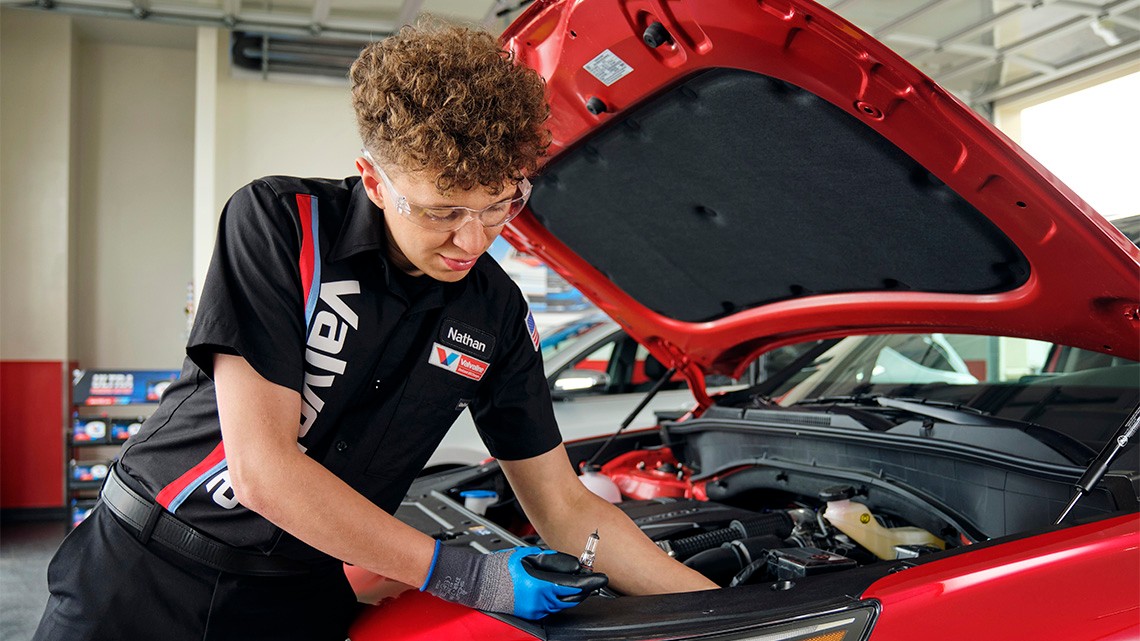Staying Fit


Social media is filled with viral videos of shocking road mishaps, amazing bolts of lightning, approaching tornadoes — all captured at just the right moment through the windshield of a car. Which begs the question: How did they film that?
The videographers probably weren’t holding a phone while they drove. An increasing number of people are installing a dashcam — a camera mounted inside the car that regularly makes video recordings.


AARP Membership— $12 for your first year when you sign up for Automatic Renewal
Get instant access to members-only products and hundreds of discounts, a free second membership, and a subscription to AARP the Magazine.
Next question: Why? Many users get them just for fun, to capture what they see while they drive. But it turns out dashcams also have a practical use. And a case can be made for these devices whether you are at the wheel or when the vehicle is parked.
Peace of mind for your car
If you live in a high-traffic area, a dashcam could prove to law enforcement or an insurance company that you weren’t at fault in an accident. Indeed, if you’ve been in a severe collision, the victim of a hit and run, or even a minor fender bender, this may be the only “eyewitness” you have, says Jeff Chuh, vice president of marketing for North America at dashcam-maker Nextbase. And if you are pulled over during a traffic stop, you can grab video — and audio — of the episode. “It reduces the risk of ‘he-said, she-said’ incidents,” he says.
Dashcams that turn on when activated by motion sensors can also help when a car is left unattended. If your parked auto is sideswiped, for example, a dashcam might capture video footage that reveals the license plate of the offending vehicle. It also may be able to identify a vandal or would-be thief.
Dashcam costs are all over the road
Some popular dashcam brands include BlackVue, Garmin, Mio, Nexar, Nextbase and Rexing. Models can cost under $100 or up to several hundred dollars. Amazon-owned Ring, the company that popularized doorbell cameras, also recently joined the market, with its Ring Car Cam ($250).
Among Ring Car Cam’s features is one built specifically for a traffic stop. A user can say, “Alexa record” and it will start capturing a clip, says Ring Chief Product Officer Jason Mitura.
Across the board, you’ll find a wide gulf in terms of prices and features. Sub-$100 models may be good for your budget but not function as well on the road, especially if you’re hoping to make out a license plate captured at night. But not everyone needs all the bells and whistles in a model that costs well north of $400.


































































More From AARP
9 Things You Didn't Know a Vehicle Could Do
High-tech options can do the parking, power your home or share keys in new ways
Are Your Car Headlights Bright Enough?
Maximize your nighttime vision by choosing the right lights or restoring what you have
How Much Do You Know About EVs?
Find out about makes, models and charging options